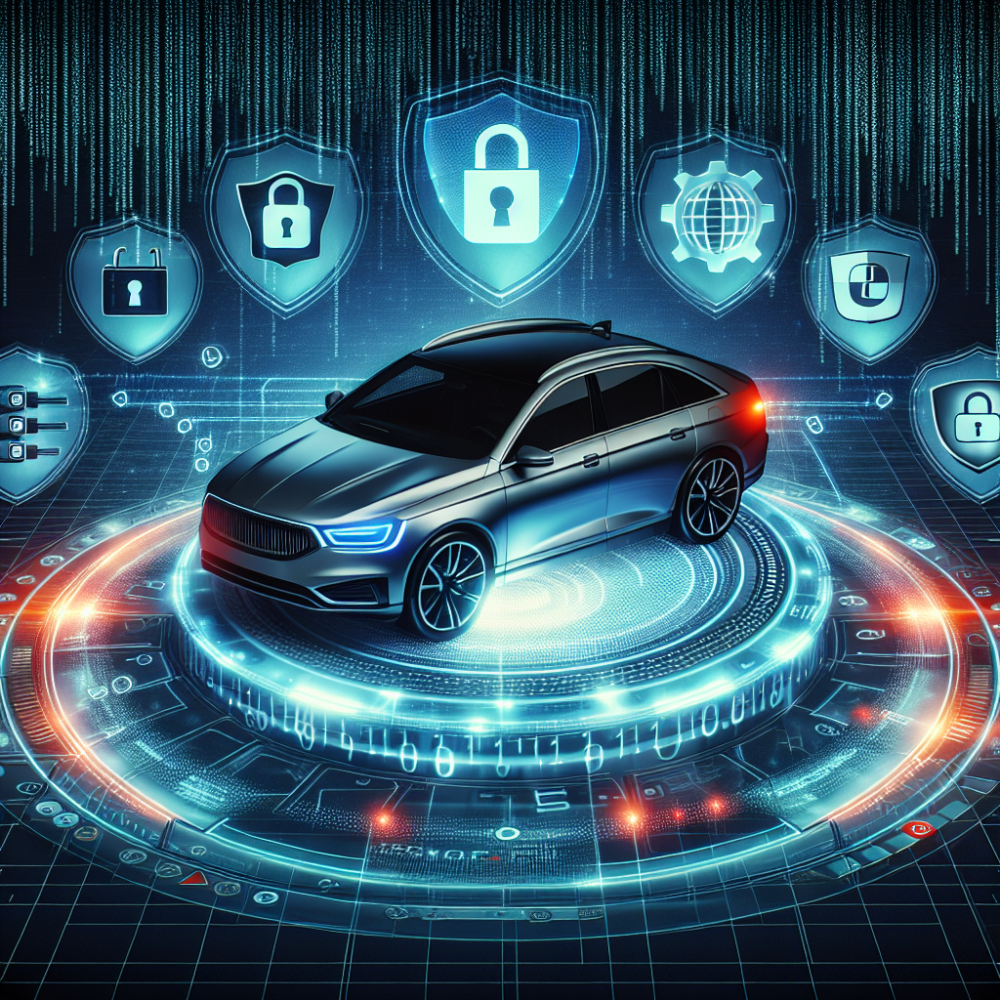Protecting Your Drive: The Intersection of Automotive Technology and Security

Posted on: Saturday, March 2nd, 2024
In the realm of modern motoring, the convergence of automotive technologies and cybersecurity has become an area of critical importance. With cars becoming more connected than ever, incorporating Wi-Fi, Bluetooth, and IoT (Internet of Things) devices, the potential cyber risks have escalated. Ensuring your vehicle is protected against digital threats is now as crucial as having a robust car insurance policy. This guide dives into the essentials of safeguarding your vehicle's technology against cyber risks, highlighting practical steps every car owner should take.
1. Stay Updated with Software: Automobile manufacturers regularly release software updates that not only enhance functionality but also address known security vulnerabilities. Make it a routine to check for and install these updates promptly, much like you would with your smartphone or computer's operating system.
2. Secure Your Wi-Fi and Bluetooth Connections: Always ensure your car's wireless connections are secure. Turn off Wi-Fi and Bluetooth when not in use, and be cautious when connecting to public networks. An unsecured connection can serve as an entry point for hackers.
3. Choose Comprehensive Insurance: Select a car insurance policy that extends beyond physical damage coverage to include protection against cyber-attacks. Some insurers now offer policies that cover the financial implications of hacking, identity theft, and data breaches related to your vehicle.
4. Be Skeptical of Third-Party Applications: While apps can enhance your driving experience, they can also present security risks. Only download applications from reputable sources, and be wary of granting unnecessary permissions, especially those accessing your car's data or controls.
5. Regularly Monitor Your Car's Systems: Familiarize yourself with your car's diagnostic tools and regularly monitor for any signs of unauthorized access or unusual activity. Early detection can prevent potential damages.
6. Maintain Physical Security: Cybersecurity starts with physical security. Always lock your vehicle and keep key fobs in a secure location, preferably in a signal-blocking pouch, to prevent relay attacks.
7. Use Strong Passwords and Authentication: For any digital interface your car uses, employ strong, unique passwords and, if available, two-factor authentication. This includes mobile apps and manufacturer accounts.
8. Keep Informed About Cyber Threats: Stay abreast of the latest cyber threats targeting vehicles. Manufacturers, automotive groups, and cybersecurity organizations often publish information and tips on how to protect your vehicle.
9. Leverage Encryption: Ensure that any data transmitted from your vehicle, whether it's location, diagnostic, or personal data, is encrypted. This can significantly reduce the risk of interception and misuse.
10. Consult Professionals: For advanced protection or if you suspect your car has been compromised, consult with cybersecurity professionals who specialize in automotive technologies. They can provide expert advice and interventions.
The synergy between car technology and cybersecurity is evolving, and staying ahead of potential threats is imperative for the modern driver. By taking proactive steps towards securing your vehicle and opting for comprehensive insurance coverage, you can mitigate the risks associated with the technological advancements in today’s automobiles. This guide provides a solid foundation, but continuous education and adaptation to new security measures will keep your vehicle safe in the digital age.